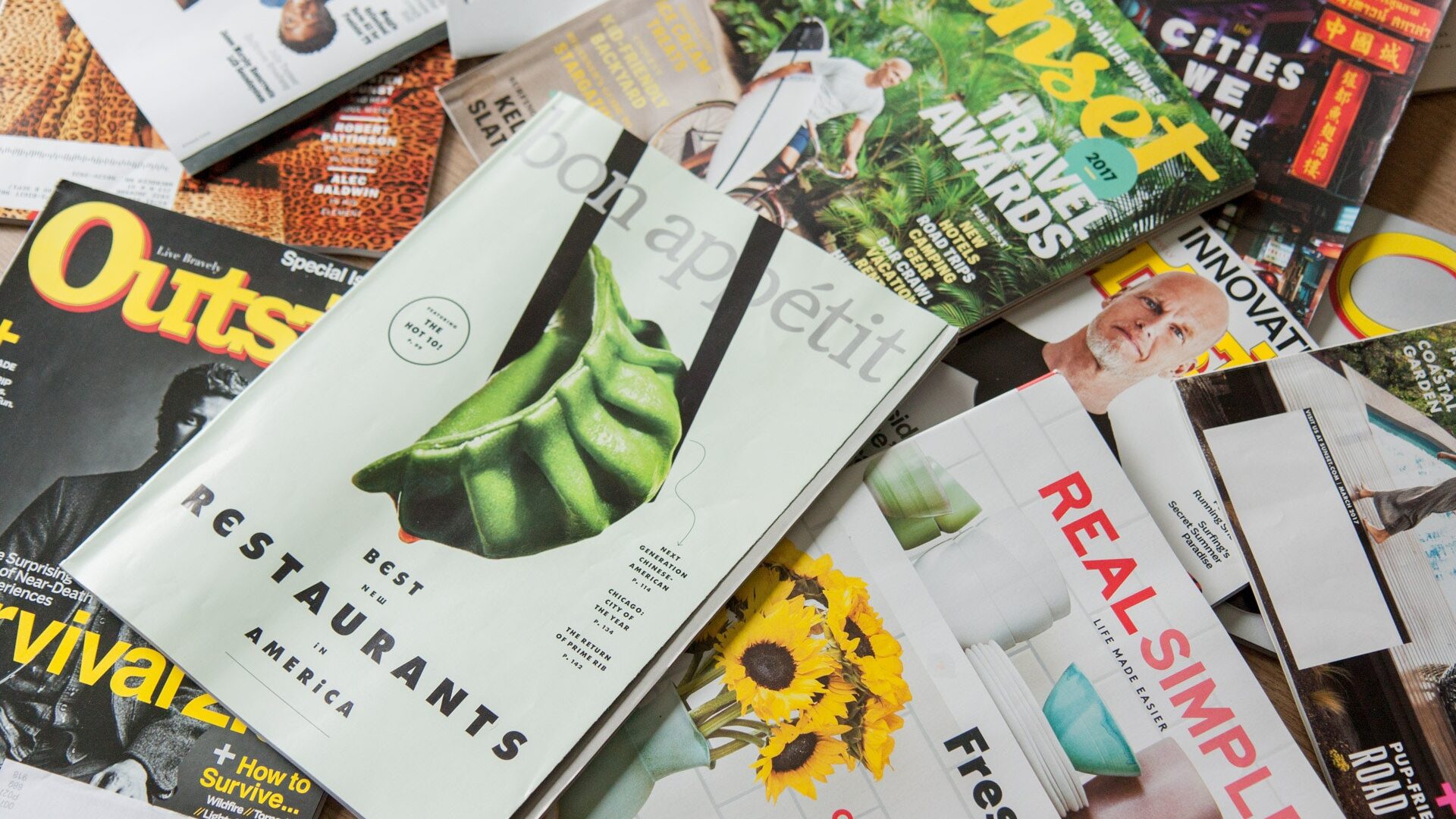So you’ve been tasked with securing media for an upcoming event. It’s hard enough securing media coverage for clients, so it may seem like a daunting task to secure a number of media to actually come in person to an event. Having recently done this for our client Yondu Vegetable Essence, I learned a thing or two I thought I’d let you in on:
Plan Ahead
Your event is in mid-June? Start pulling together your media list around early May and begin outreach by mid to late May. To secure high quality media, you’ll want to reach out 3-4 weeks in advance. Media have busy schedules and are invited to many events, so they will need plenty of time to add it to their calendar. However, they often RSVP last minute, so this brings me to my next point…
Follow Up
Follow up, follow up, follow up. Just like regular pitching, you need to be sure to follow up with media every week to keep your event on their radar. While it is good to reach out in advance, so they know it’s coming and can check their schedule, media often don’t confirm until the week of the event. You’ll want to keep reaching out so your event is top of mind. Unfortunately, media sometimes just don’t show up to your event even if they said they were coming. All you can do is continue to follow up until the day of the event to ensure that doesn’t happen. But make sure you’re checking in appropriately (as in don’t send 3 or 4 follow-ups – just take the hint at this point!).
Timing
Timing is everything. Unless your event is for a specific brand announcement, think through the timing of it carefully. Summer months are difficult because, like everyone else, media take vacations too and may not be able to attend during the summertime. And if it’s close to the holiday season, make sure it’s at least a week or two before people start leaving for vacation.
Put Yourself in the Media’s Shoes
Put yourself in their shoes when sending out your pitch. Would you want to open this email based on the subject line? Make it enticing and personalize it. Would you want to attend this event based on the invite? If they’re likely to be unfamiliar with your client, make sure you concisely explain in your pitch what the client is and why they should care. And if they’ve written something relevant to what you’re pitching, make sure to note that upfront. If you have a formal event invitation, copy it directly into the email; media are unlikely to open attachments unless they are immediately interested.
Expand Your List
Not getting the RSVPs you expected? Keep expanding your invite list to include additional media that may be interested. Don’t overlook freelancers. Freelancers don’t need to get their editor’s permission to attend and have a more flexible schedule so they may be more likely to RSVP “yes”. If they contribute to a variety of publications, they can keep pitching the story to various editors until one selects it. Consider inviting bloggers and influencers as some contribute to publications as well, and they may post on their Instagram Stories or Tweet from the event.
Relationships Are Everything
In PR, building relationships with media is essential. If you have existing relationships with media in the area, tap them to come to your events. They will trust that the event will be worth their time because they know you and you’ve already established a working relationship.
Be Adaptable
Sometimes things don’t go according to plan and you need to be able to adapt to make sure your event is successful. Sometimes there are last minute cancellations or bad weather that prevents media from being able to attend. (I’ve had both these things happen!) Always prepare for the worst and keep your client informed of any cancellations or changes in the guest list so there aren’t any surprises the day of.
Post-Event
After the event, make sure you send thank you emails to all the media who attended. This is also your chance to send a soft pitch based on what they saw and experienced at the event. Let them know you’re happy to connect them with your client and offer assets for anything they’re planning to write. Keep in touch and continue following up over the next few weeks.
At the end of the day, a media event is both a relationship builder and a chance to secure coverage for your client. Getting that face time with media at the event will help ensure they respond to more of your pitches, and hopefully, they will be impressed enough by the event that they decide to write an article.

